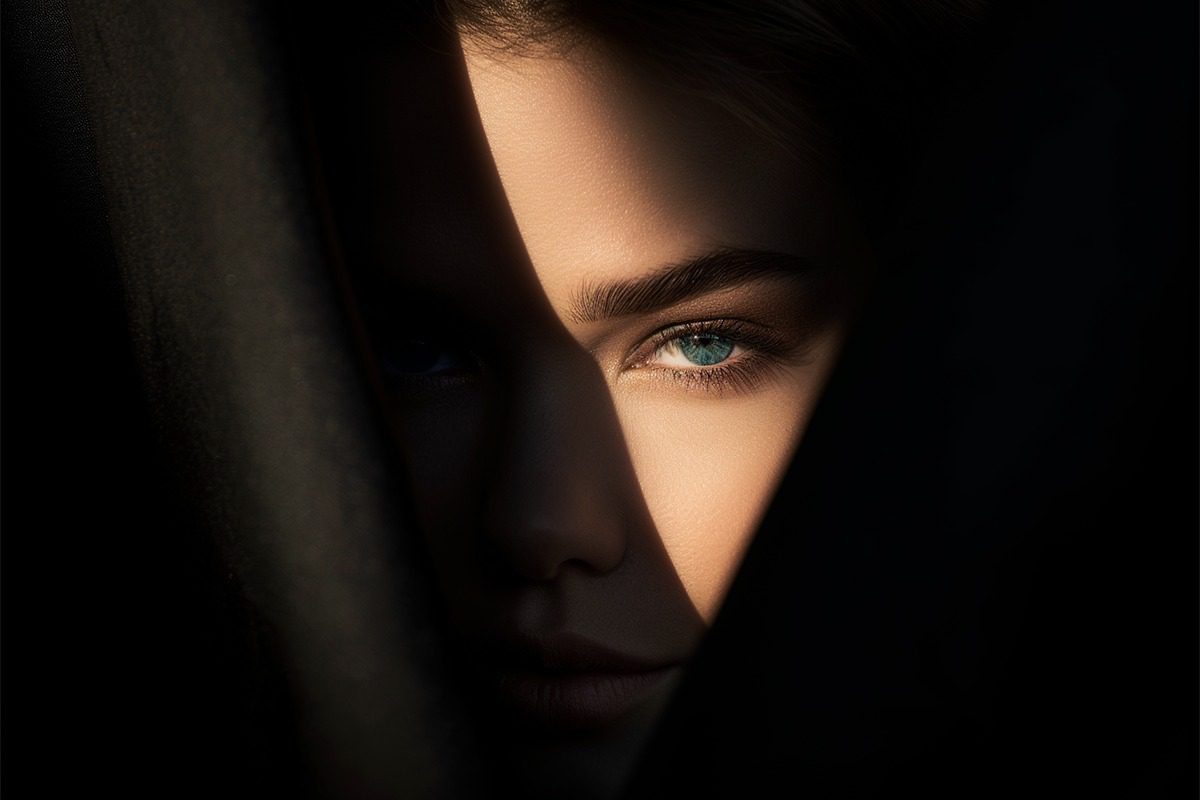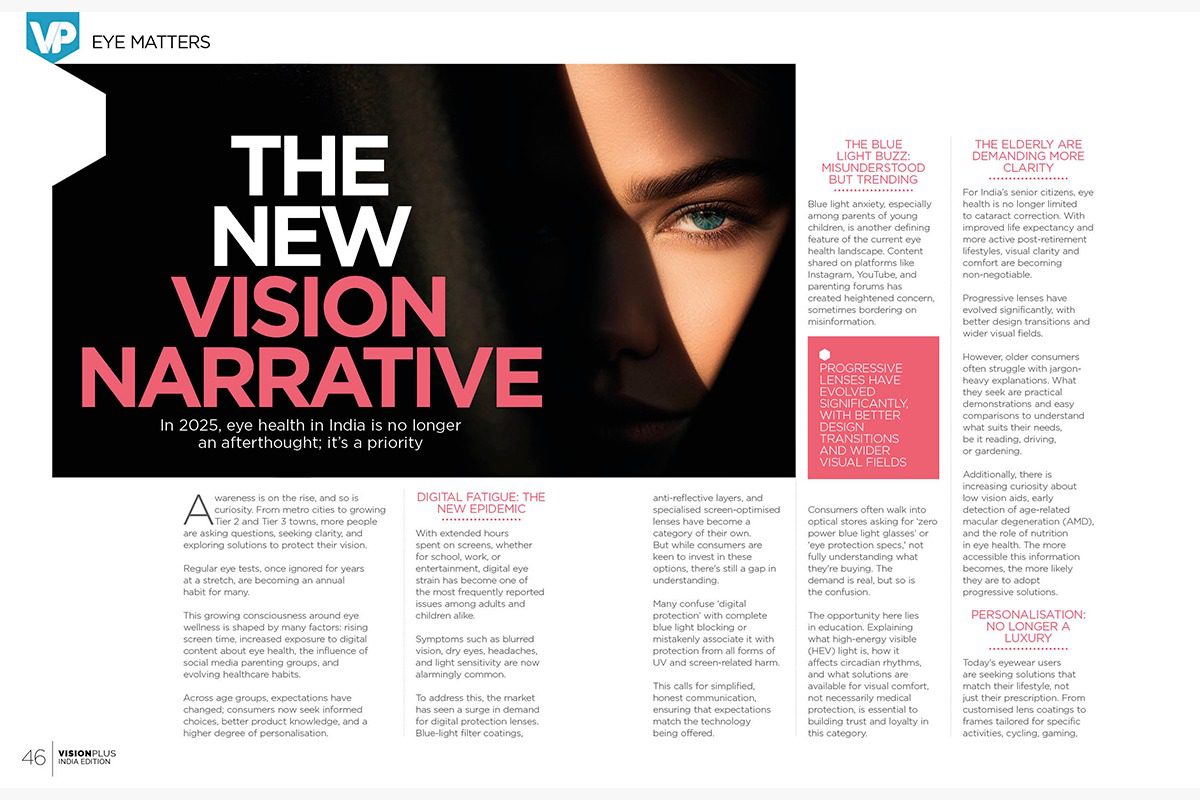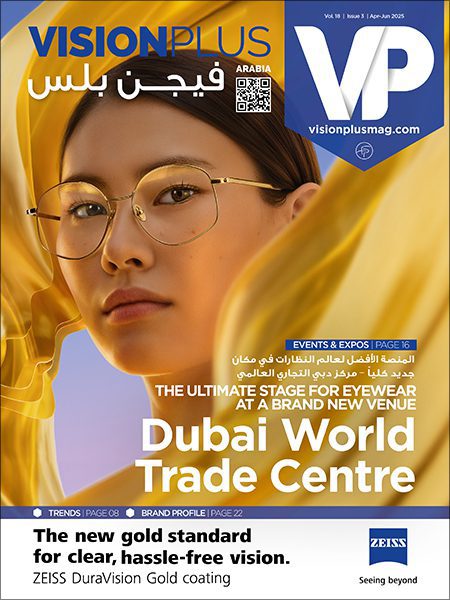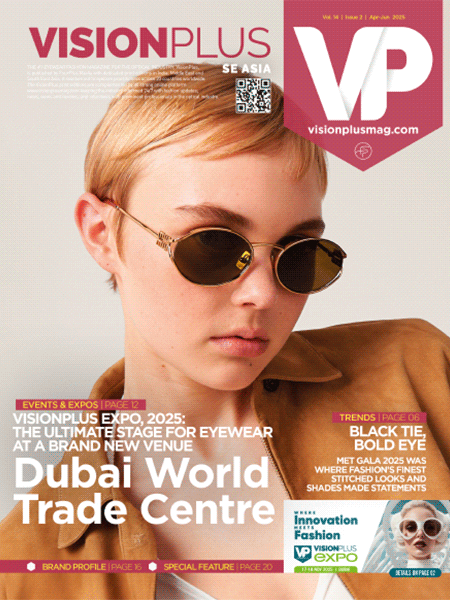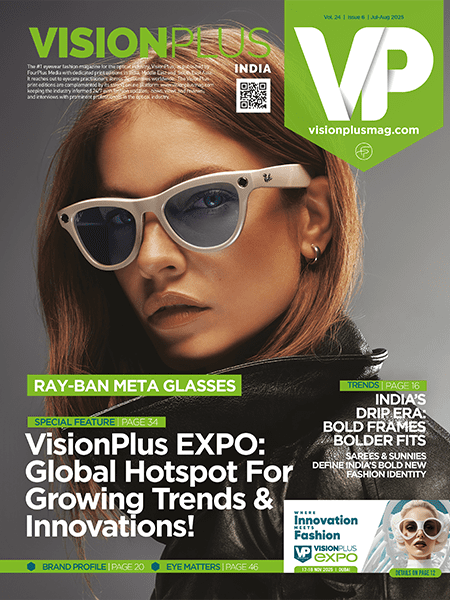
The New Vision Narrative
In 2025, eye health in India is no longer an afterthought; it’s a priority
Awareness is on the rise, and so is curiosity. From metro cities to growing Tier 2 and Tier 3 towns, more people are asking questions, seeking clarity, and exploring solutions to protect their vision.
Regular eye tests, once ignored for years at a stretch, are becoming an annual habit for many.
This growing consciousness around eye wellness is shaped by many factors: rising screen time, increased exposure to digital content about eye health, the influence of social media parenting groups, and evolving healthcare habits.
Across age groups, expectations have changed; consumers now seek informed choices, better product knowledge, and a higher degree of personalisation.
Digital Fatigue: The New Epidemic
With extended hours spent on screens, whether for school, work, or entertainment, digital eye strain has become one of the most frequently reported issues among adults and children alike.
Symptoms such as blurred vision, dry eyes, headaches, and light sensitivity are now alarmingly common.
To address this, the market has seen a surge in demand for digital protection lenses. Blue-light filter coatings, anti-reflective layers, and specialised screen-optimised lenses have become a category of their own. But while consumers are keen to invest in these options, there's still a gap in understanding.
Many confuse ‘digital protection’ with complete blue light blocking or mistakenly associate it with protection from all forms of UV and screen-related harm.
This calls for simplified, honest communication, ensuring that expectations match the technology being offered.
The Blue Light Buzz: Misunderstood but Trending
Blue light anxiety, especially among parents of young children, is another defining feature of the current eye health landscape. Content shared on platforms like Instagram, YouTube, and parenting forums has created heightened concern, sometimes bordering on misinformation.
Consumers often walk into optical stores asking for ‘zero power blue light glasses’ or ‘eye protection specs,' not fully understanding what they're buying. The demand is real, but so is the confusion.
The opportunity here lies in education. Explaining what high-energy visible (HEV) light is, how it affects circadian rhythms, and what solutions are available for visual comfort, not necessarily medical protection, is essential to building trust and loyalty in this category.
The Elderly Are Demanding More Clarity
For India’s senior citizens, eye health is no longer limited to cataract correction. With improved life expectancy and more active post-retirement lifestyles, visual clarity and comfort are becoming non-negotiable.
Progressive lenses have evolved significantly, with better design transitions and wider visual fields.
However, older consumers often struggle with jargon-heavy explanations. What they seek are practical demonstrations and easy comparisons to understand what suits their needs, be it reading, driving, or gardening.
Additionally, there is increasing curiosity about low vision aids, early detection of age-related macular degeneration (AMD), and the role of nutrition in eye health. The more accessible this information becomes, the more likely they are to adopt progressive solutions.
Personalisation: No Longer a Luxury
Today’s eyewear users are seeking solutions that match their lifestyle, not just their prescription. From customised lens coatings to frames tailored for specific activities, cycling, gaming, or work-from-home setups, personalisation is now a standard expectation.
This shift has been encouraged by the influence of global retail experiences, AI-based online eyewear brands, and the rising demand for ‘smart buying.’ Consumers are now more open to investing in multiple pairs for function, fashion, and convenience.
Custom-fit eyewear, AR-based virtual try-ons, and digital measurement tools are no longer niche; they are shaping everyday purchase decisions.
Sustainability and Eye Wellness Intersect
Eco-consciousness is now a strong buying factor, especially among millennials and Gen Z shoppers.
The preference for biodegradable frames, recyclable lens materials, and plastic-free packaging is increasing. Brands that offer transparency about their sustainability journey are finding more favour.
Beyond product materials, consumers are also gravitating towards socially responsible practices, like donating old frames, recycling lenses, and participating in outreach initiatives to provide eyewear to underprivileged communities. In 2025, sustainability is not just a value add; it’s a value filter for many consumers choosing where to buy their eyewear.
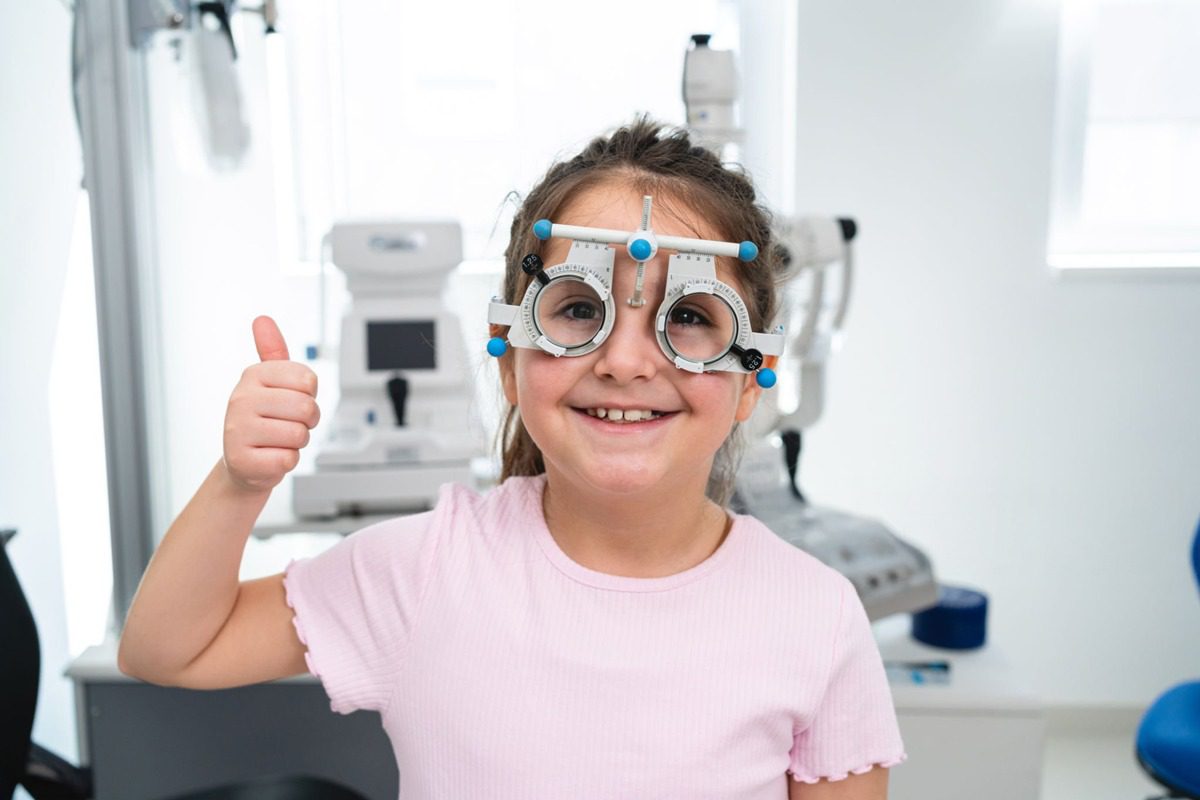 Myopia and the Modern Child
Myopia and the Modern Child
There’s growing alarm among Indian parents about children being diagnosed with myopia at increasingly younger ages. Long hours indoors, reduced outdoor play, and early exposure to digital devices have pushed this trend forward.
More families are proactively seeking early interventions, from annual eye check-ups to speciality lenses designed to slow the progression of myopia. This has led to the rising popularity of DIMS (Defocus Incorporated Multiple Segments) lenses, orthokeratology, and other management techniques in collaboration with eye care professionals.
Beyond correction, today’s parents also want support systems: kid-friendly frames, better eye test experiences, and guidance on screen-time balance. Brands and retailers that integrate education with care are winning consumer confidence in this space.
The Indian eyewear consumer in 2025 is not just looking for vision correction. They are asking questions, weighing options, and expecting clarity, both visual and informational.
For optical retailers, this presents an exciting shift. The industry is no longer a reactive service provider but an active participant in eye wellness.
The conversations happening across retail counters are deeper, more informed, and more meaningful than ever before. In this new era, eye health is not just a medical necessity; it’s a lifestyle choice.

